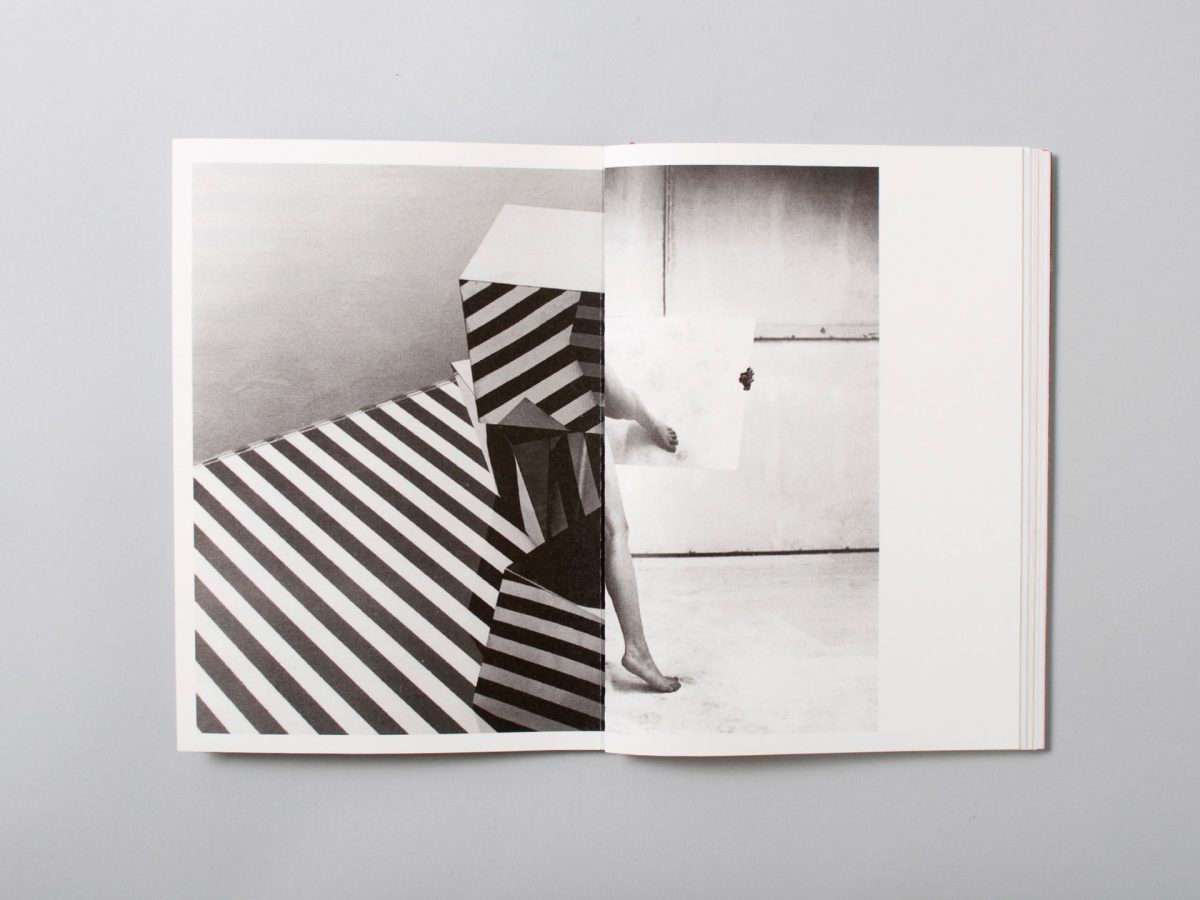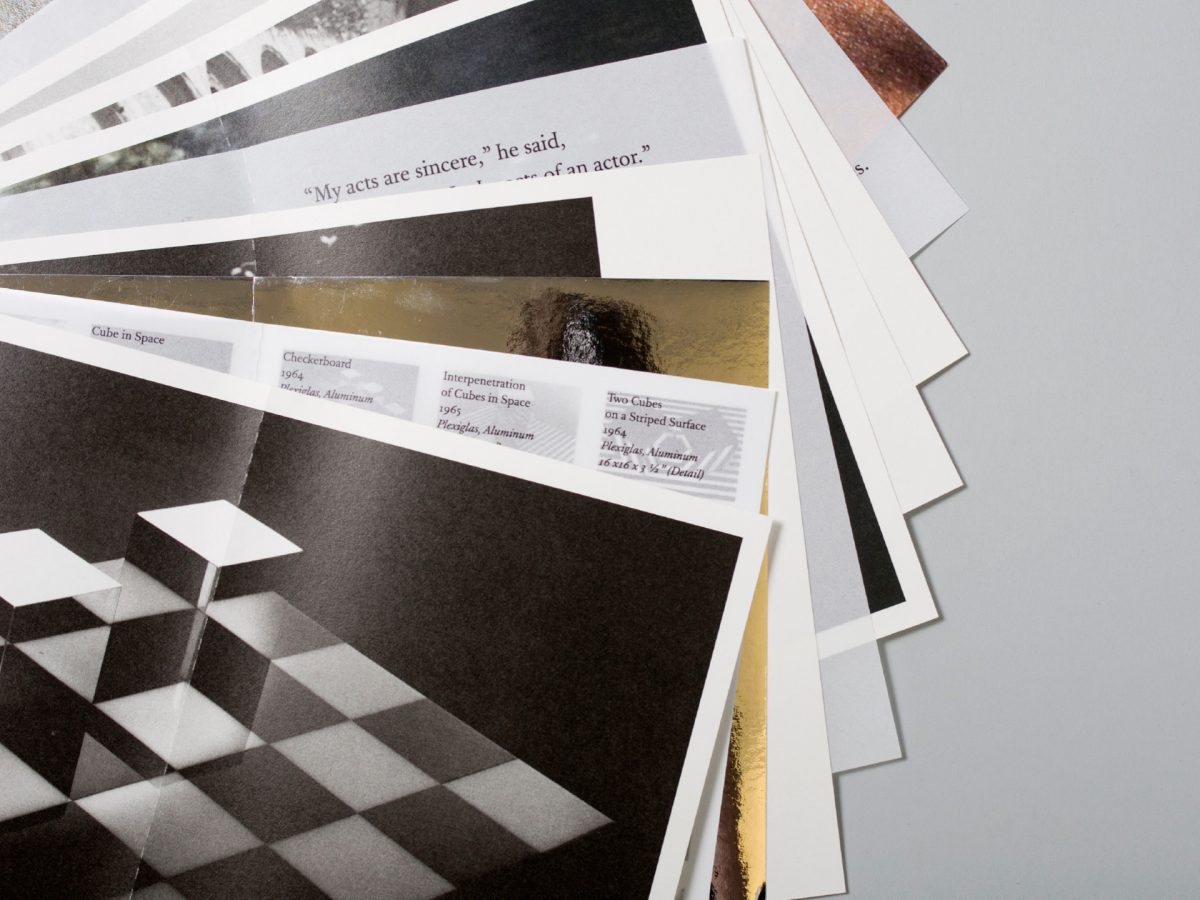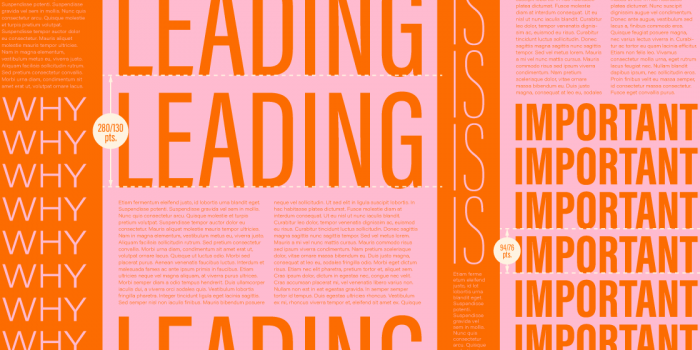Meet Ben Salesse

For the past 12 years, Ben Salesse has worked as a creative around the world—living in Paris, Kuala Lumpur, Amsterdam and London. Nowadays he’s settled in New York as a freelance designer and teaches part-time at #shillony.
Tell us about your creative journey. How did you get into design?
My creative journey started like a stumble, accidentally. I was in my last year of high school in Paris, studying science, and miserable. I always doodled, especially in Math class, and in order to earn a few extra point for the end of year exam I took an art class.
I discovered the work of artists like Alexander Rodchenko, Richard Hamilton and Robert Rauschenberg, whose use of graphic material fascinated me. Pierre Soulage’s painting also left a lasting impression. His later work only using glossy black paint reflected light to create an infinite gamut of tones. “A minimum of means for a maximum effect” as mathematician Laurent Derobert defines elegance.
When I finally came across the work of poster artist Roman Cieslewicz, who coupled artistic sensibility and political consciousness and seemed to make a living out of it, I decided to enroll in design school.
Why do you love design?
Design is everywhere. It can be good or bad, important or insignificant, minuscule or massive, but it is engrained in everything around us, from our metro ticket to our political systems.
French designer Philippe Stark banned the word “target audience” from his office, and instead asked his designers to think about their sister, their neighbors, themselves while working. I like to think that design is a way to look at the world.
But good design also goes beyond function. It moves us. It takes us places in the same way that art, music or cinema can. It makes us smile, think, stop. Makes us pick a book from up from the shelf. It gets under our skin and into our heads.
And to think all of this can be achieved with couple of images and pieces of text never cease to amazes me.
What is your proudest career achievement to date?
I don’t know that I can talk about pride, but I am happy that to have been working in design more than 12 years. I have survived all the late nights, lunatic bosses and abusive clients. “Creation is fighting” says architect Tadao Ando. For the better or the worst, I am still standing.
Can you tell us about a favourite recent project?
I am currently creating the marketing material for Italian architect Renzo Piano’s first residential construction in the US, with Noe & Associates. In order to bring a fresh perspective to the project we collaborated with two amazing photographers: Alex Majoli and Ruvan Wijesooriya, neither of whom deal with Architecture as their main subject.
My involvement in this project isn’t only to give shape to the content, but to also create it. It allows me to expend the boundaries of my role as a designer to curation, direction, editing, etc.
How and where do you find your inspiration? Could you share a few of your go-to creative resources or rituals?
I am weary of the inbreeding tendency of the design community. Not that I don’t go to design blogs, but I also try to find inspiration outside of the usual go-toes.
I find it hard to look at a design on Modern Design Aesthetic and think “what an ingenious solution” as opposed to “I like the way this typeface looks”. The temptation to be seduced by form is too great. But as Sol Lewitt puts it “Banal ideas cannot be rescued by beautiful execution”. So I keep my eyes opened try to make everything that interests me contribute: the photos of Leiter, the films of Bertolucci, the poems of Mayakovski. And I always carry a notebook and a pen with me.
Why do you teach? How does teaching graphic design and working with students affect your creativity?
As designers, we learn to communicate through images, colors and typography. Maybe because, for some of us, it feels more natural than words.
While the discourse around the work sometimes seem to overshadow its quality, developing a vocabulary to exchange with student about ideas and design has been incredibly valuable. It is a skill that, as a creative director, has been essential to exchange with colleagues and clients.
Another pleasant aspects of teaching is to be reminded of some important aspects of design, that we might otherwise lose sight of with the daily grind.
Good design often comes with a level of control, but also of unexpectedness. See the work of El Lissitsky, Sagmeister or Hort. Working with students reminds me of the importance of experimenting, playing, going out on a limb: “Irrational judgements lead to new experience” says Sol Lewitt.
We shouldn’t take design too seriously. Seriously.
What’s your advice for young designers starting out?
French designer Philippe Apeloig once told me that his work was like walking a tight rope. He tries to reach an equilibrium. I would extend this metaphor to another aspect of being a designer:
On the one hand, the people around you are your greatest asset. Be open minded, attentive and humble. Seek those you can learn from and collaborate with. “Good clients are smarter than you are,” says Tibor Kalman. This is also true of colleagues and bosses.
On the other hand, you are your greatest asset. in an industry which encourages conformity, embrace your idiosyncrasy. Rely on your intelligence. Cultivate your sensibility, quirks and whims. They will make your work unique. And remember that in Alan Fletcher’s words “If your mind is too open, people can throw all kinds of rubbish into it.” Take what you need and leave the rest, which is also true of this interview.
Big thanks to Ben for sharing his experiences and advice! You can check out more of his design work here and follow him on Instagram.
Want to win some amazing prizes and stay in the loop with all things Shillington? Sign up to our newsletter to automatically go in the draw.












